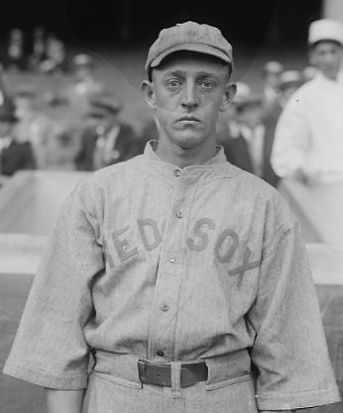Washington College
Washington County, Tennessee
1780-1922 (college)
E-Travel
“The Oldest and the Best,” a lengthy 1894 commencement article from the Herald and Tribune (Jonesborough, Tennessee) covers the history and status of the school to that point. The 2002 National Register application presents a detailed history of the school as well as of campus buildings. The 1906-07 catalog is available through HathiTrust. The 1795 Act to establish Washington College (right) is from the Tennessee Virtual Archives (https://teva.contentdm.oclc.org/digital/collection/tfd/id/22).

History
Samuel Doak, a Presbyterian minister and educator, crossed the Appalachian Mountains into what is now Washington County, Tennessee, founding Salem Church and school in 1780. This school was chartered as Martin Academy by the state of North Carolina in 1783, by the new state of Franklin in 1785, and, as Washington College, by the Southwest Territory in 1795. The oldest educational institution west of the Alleghenies, it offered primary, preparatory, and college-level work.
Closed during the Civil War, it reopened as Washington Female Academy in 1868. But by 1880 it had once again become Washington College, offering a bachelor’s degree. By 1886 students had chapters of the Y.M.C.A. and Y.W.C.A. and were publishing a newspaper, the Progressive Educator. They has four literary societies—two for men and two for women.
Enrollment in 1894 was 122--including 28 college students, 72 prep students, and 21 primary students. By this time the school had added an industrial program which provided means for needy students to work their way through college.
The 1906 catalog lists 14 college students out of a total enrollment of 253—52 of whom were in special programs for music or elocution. College and prep programs were heavy in language classes—Greek, Latin, English, French, German—in addition to those in natural science, political science, and mathematics.
Between 1908 and 1912 Washington College was merged with Tusculum, a Presbyterian college a dozen miles away. Under the terms of the merger, Washington was to be a preparatory feeder school. The merger ended, but Washington never recovered as a college-level institution; in 1922 all college-level work ceased.
Graduates and faculty from Washington College. Image from the University of Tennessee digital collection. https://digital.lib.utk.edu/collections/islandora/object/volvoices%3A3230

Bricks and Mortar
Salem Church opened in a log structure which served as both church and school. In 1842 work began on what is today Harris Hall. The first four-story structure in the county, it contained administration offices, classrooms, and, very likely, a dormitory. Constructed of red bricks it was six bays wide. During the Civil War, it was occupied in turns by both Confederate and Union troops who used it for barracks and a stable. Renovated after the war, it was largely destroyed by a fire in 1910 but was rebuilt by 1911. The two-story porch with six Doric columns was added in 1963. Originally without an official name, it became Harris Hall in 1965. In 2002 the National Register application lists it as “unoccupied.”
Other structures around the quadrangle include the Amos Bingham House (President’s House), which also dates from 1842, the Salem Presbyterian Church (1895) and the Carnegie-Temple Hall (1909 and 1926), a former dormitory which now serves as the administration building for the Academy Arts and Crafts Center.

(Left) Harris Hall. Image used by permission of the Washington County, Tennessee Department of Records Management and Archives https://wctnarchives.org/washington-county-places/girls-dorm-washington-college/
Sports
In 1907 while football was new to Washington College, the Chattanooga Times reported, “There are many husky young men in attendance here every season,” so that “a fast team will be turned out.” Enrollment at Washington College that year was fourteen, of whom eight were males. A glance at the names of the prep students that year shows that only fifty additional males would have been available to build a football team.
College Football Data Warehouse shows that between 1902, when a team defeated Tusculum College, and 1922, when college-level work ceased, Washington College played 15 games against college teams, compiling a 1-14 record. Newspapers show that Washington College teams also played games against local high schools.
Future American League outfielder Clarence “Tilly” Walker (right) attended and played baseball at Washington College in 1908. Image from the George Grantham Bain Collection, Library of Congress.
Newspapers also show men’s and women’s basketball teams and even record a tennis match with Milligan College.

Note: Images are used in accordance with their “terms of use” as I understand those terms. Recopying or republishing these images may be restricted or forbidden.